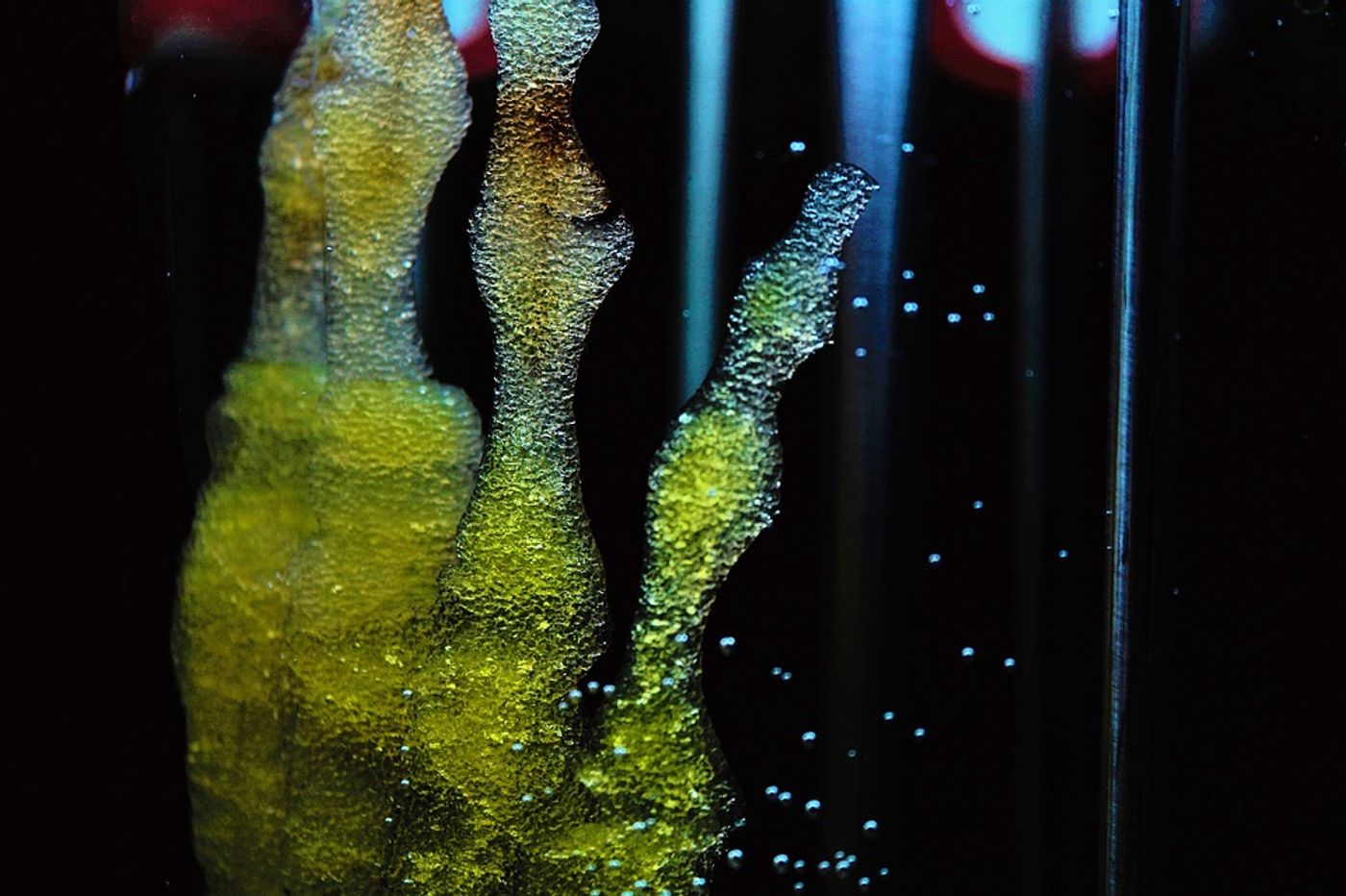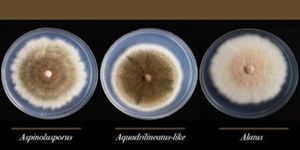Scientists develop new hydrogel material
A study published recently is Soft Matter from scientists at Lehigh University describes a hydrogel material that is able to degrade and spontaneously reform in the gastrointestinal tract. The hydrogel has the potential to enhance oral drug delivery.
"The majority of drugs and nutrients are absorbed into the body in the intestines, but to get there, they have to traverse the stomach -- a very acidic, harsh environment that can interfere with the active molecules in pharmaceuticals," says Kelly Schultz, an associate professor of chemical and biomolecular engineering.
Covalent adaptable hydrogels, known as CAHs, could help solve that problem. Schultz and fellow researchers developed a "GI tract-on-a-chip” to help mimic the internal pH of the GI tract in order to test CAHs that are targeted for drug delivery. The ones they are working on need to be able to release molecules as they lose polymer in the stomach but then re-gel on their own, which protects the molecules and allows them to stay active for targeted delivery in the intestines.
"CAHs exhibit unusual spontaneous re-gelation that is really surprising," Schultz says. "Typically, gels won't degrade and then reform without any added stimuli as these do. We've demonstrated the viability of CAHs as means of oral drug and nutrient delivery, and now we're starting to work on molecular release studies and adding in other components to make the experiments more complex."
The team uses microrheology to collect microscopy data and measure how much particles within the gel wiggle, later tracking this information with algorithms in order to understand which materials are the most effective.
The researchers hope that their findings will eventually lead to improvements in health care. "What we do in biomaterials is somewhat unique: There's a lot of work on the cross-linking chemistry and actually developing these materials, and there's a lot of animal research that implants and tests them, but there's not that much work in the middle,” concludes Schultz. “A great deal of mystery lies between designing a material and understanding what's going on when it's working. We're trying to find new ways that we can replicate what's going on inside of an animal or a person and collect important measurements to connect the dots and inform further studies."
Sources: Soft Matter, Science Daily









